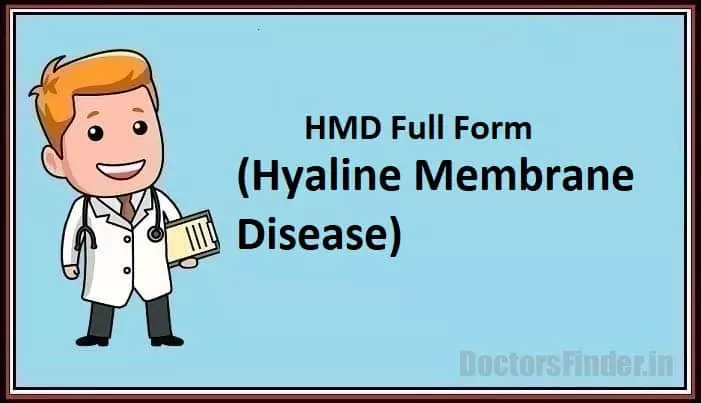HMD full form in medical is Hyaline Membrane Disease. When the newborn is actually premature after the natural birth or C-section, the newborn requires extra oxygen and help to breathe. If the newborn is very premature and has difficulties breathing properly that means it has a higher risk of HDM. Most maternity hospitals have the facility to provide extra oxygen and help the newborn breathe properly, which ultimately keeps the health of the newborn stable.

After the birth or C-section, premature newborns have a higher risk of getting hyaline membrane disease in the first 48 to 72 hours. This 2 to 3 days period is pretty critical for newborns, and if not treated well, it can be life-threatening as well. But the thing is, more than 90% of the babies who has HMD after birth, usually survive this disease. As you can tell, the common symptoms of HMD in babies are difficulty in breathing, blue coloring aka cyanosis, making sounds while breathing, chest retractions, and rapid breathing. The main reason why a newborn becomes prone to HMD is the lack of surfactant in the lungs.